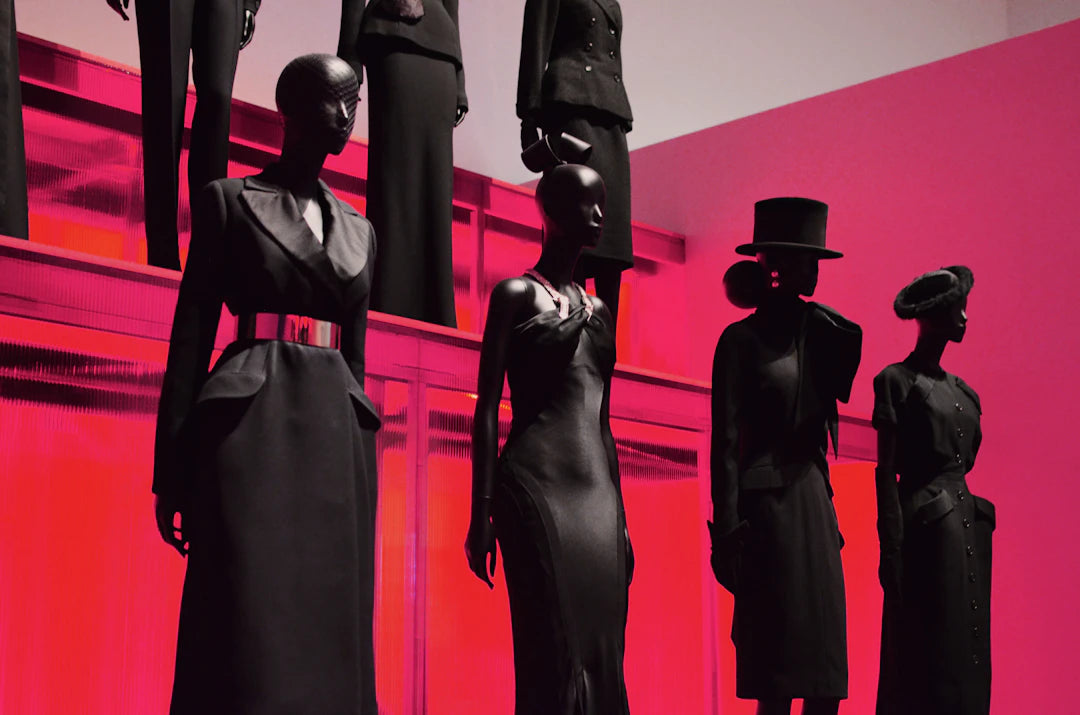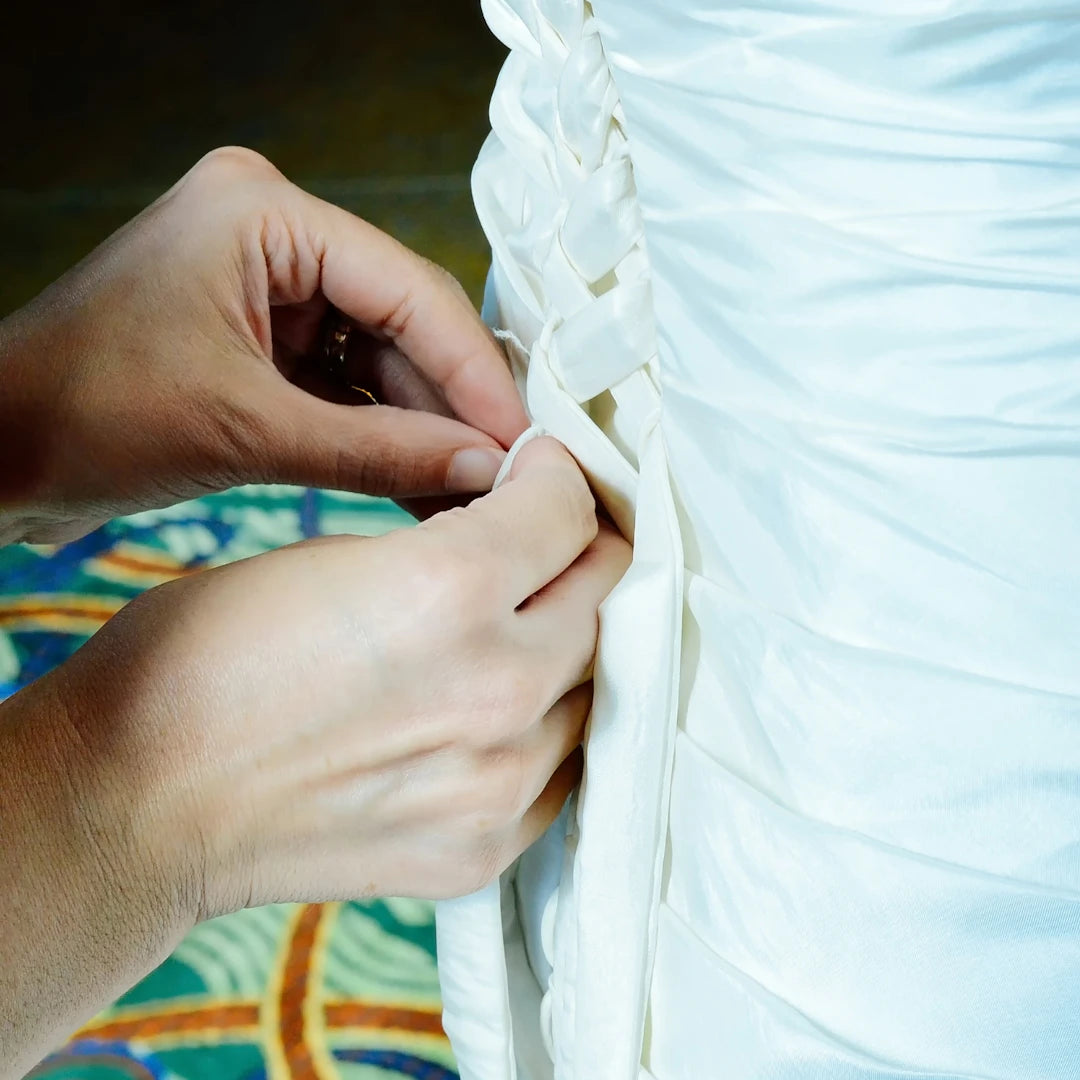Color is a crucial component in fashion design, influencing not just aesthetic appeal but also the psychological responses of consumers. As designers and trendsetters, understanding color theory can elevate your work, creating pieces that not only look stunning but also communicate the intended message effectively. In this blog post, we’ll delve into the significance of color theory in fashion design, its impact on consumer behavior, and how tools like the PRO Face Kit and digital fashion sketching can facilitate this understanding.
Understanding Color Theory
Color theory is a set of principles that explains how colors interact and the effects they have on people. At the core of color theory are the three primary colors—red, blue, and yellow—which can be mixed to create secondary colors like green, orange, and purple. Beyond just mixing colors, color theory encompasses a spectrum of ideas including color harmony, contrast, and the psychological impact of color.
The Color Wheel and Its Importance
The color wheel is an essential tool in color theory, illustrating the relationships between different colors. It assists fashion designers in creating color combinations that are visually appealing. Here’s how it works:
- Complementary Colors: These are colors located directly opposite each other on the wheel. They create high contrast and vibrant looks when paired (e.g., blue and orange).
- Analogous Colors: These colors sit next to each other on the wheel and produce serene and comfortable designs (e.g., blue, blue-green, and green).
- Triadic Colors: By equally spacing three colors on the wheel, designers can achieve a vibrant look while maintaining balance (e.g., red, yellow, and blue).
The Psychological Effects of Color
Colors evoke feelings and moods, which can significantly influence consumer behavior. Understanding the psychology of color can help designers craft the emotional narratives of their collections. Here are some common associations:
- Red: Excitement, passion, and urgency. Ideal for attention-grabbing pieces.
- Blue: Trust, calmness, and stability. Often used in professional attire.
- Green: Growth, health, and serenity. A popular choice in eco-friendly and sustainable fashion.
- Yellow: Happiness, optimism, and creativity. Great for youthful and vibrant collections.
- Black: Sophistication, elegance, and power. A classic choice in high fashion.
Color Trends in Fashion
Fashion is ever-evolving, and so are the colors that dominate each season. Designers must stay aware of color trends to ensure their collections resonate with current consumer preferences. Pantone, the authority on color, releases a Color of the Year, which impacts trends significantly across various industries, including fashion.
Seasonal Color Palettes
Each season brings its unique palette influenced by cultural shifts, societal moods, and natural surroundings. Spring often showcases pastel and floral-inspired hues, while autumn features earthy and rich tones. Being aware of these can help designers in their digital fashion sketching process, allowing them to create designs that are not only fashionable but also timely and relevant.
Integrating Color Theory in Design Process
The process of integrating color theory into fashion design begins with research and inspiration. Here’re some effective strategies designers can utilize:
Utilizing the PRO Face Kit
The PRO Face Kit is an excellent tool for designers, especially those engaged in digital fashion sketching. It offers a vast range of color options and blends that can streamline the palette selection process. By utilizing this kit, designers can easily experiment with various color combinations, ensuring harmony and contrast align with their design vision.
Creating Mood Boards
Secondly, creating mood boards can be instrumental in visualizing color combinations. Designers can gather images, fabrics, and color swatches that inspire them. This practice facilitates a clearer understanding of how colors interact within a collection, ultimately allowing for a more cohesive lineup.
Color Choices in Consumer Behavior
Once a designer understands the emotional implications of colors, they can apply this knowledge to engage consumers effectively. Choosing the right colors in fashion can lead to increased sales as consumers gravitate towards pieces that resonate emotionally with them.
Building Brand Identity Through Color
Your choice of colors can significantly contribute to your brand identity. Consistent use of specific colors can create a recognizable brand image, making it easier for customers to identify your designs amidst various fashion offerings. Consider how companies like Tiffany & Co. have established their identity using a signature blue, or how Coca-Cola remains associated with red.
The Role of Color in Fashion Sustainability
In recent years, there’s been a growing emphasis on sustainability within the fashion industry, and color choices play a crucial role in this movement. Designers are increasingly opting for natural dyes and sustainable materials that don’t rely on harmful chemicals. Understanding color theory helps in maintaining vibrant hues while ensuring an environmentally responsible approach.
The Future of Color in Fashion Design
As technology continues to advance, the future of color in fashion design looks promising. Tools like augmented reality and artificial intelligence are ushering in new ways to visualize and test color dynamics in fashion pieces. These innovative solutions enable designers to push the boundaries of traditional color theory while catering to the fast-paced consumer market.
Wrapping Up Your Color Journey
Color theory is more than just a design element; it is a language that communicates messages and evokes emotions. As a fashion designer, creating a solid understanding of color theory can significantly enhance the efficacy of your designs—making them not just visually appealing, but also resonant with the targeted audience. So, dive deep into color exploration, utilize tools like the PRO Face Kit for your digital fashion sketching, and allow your creations to shine in this vibrant industry. Your designs deserve to tell a dazzling story, color included!





Leave a comment
This site is protected by hCaptcha and the hCaptcha Privacy Policy and Terms of Service apply.